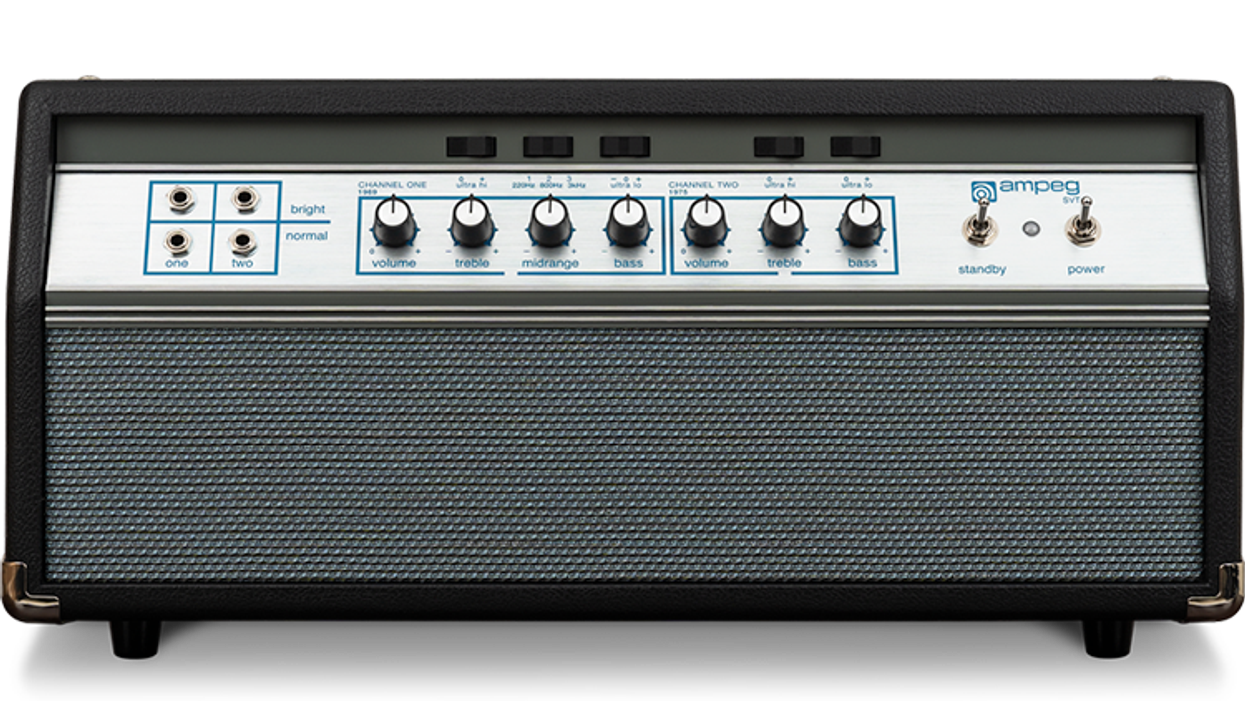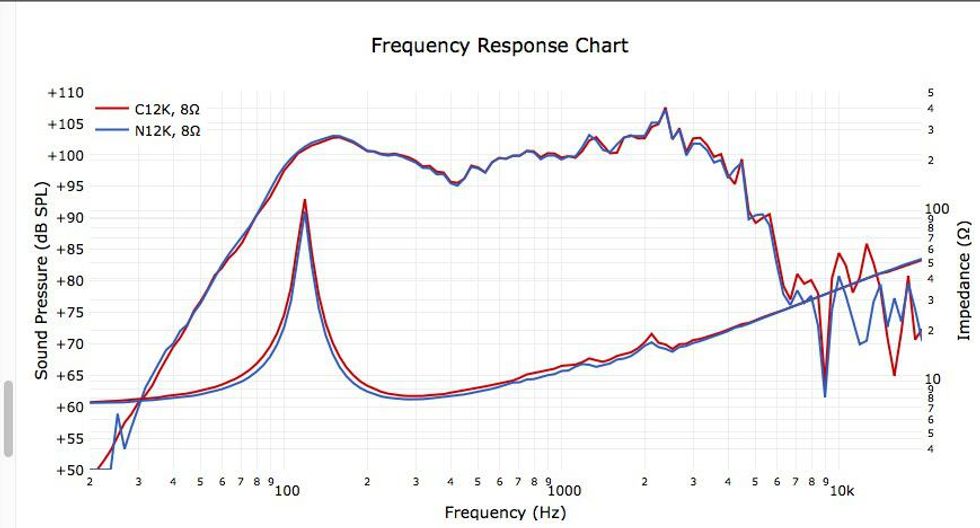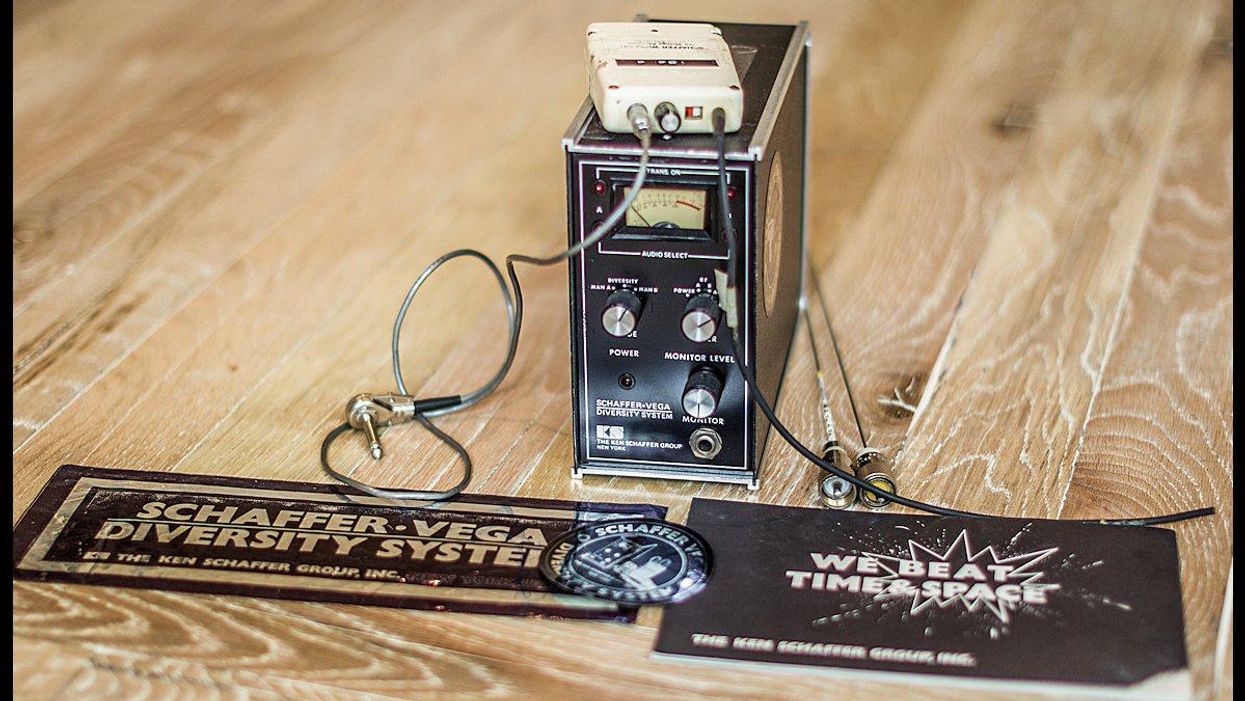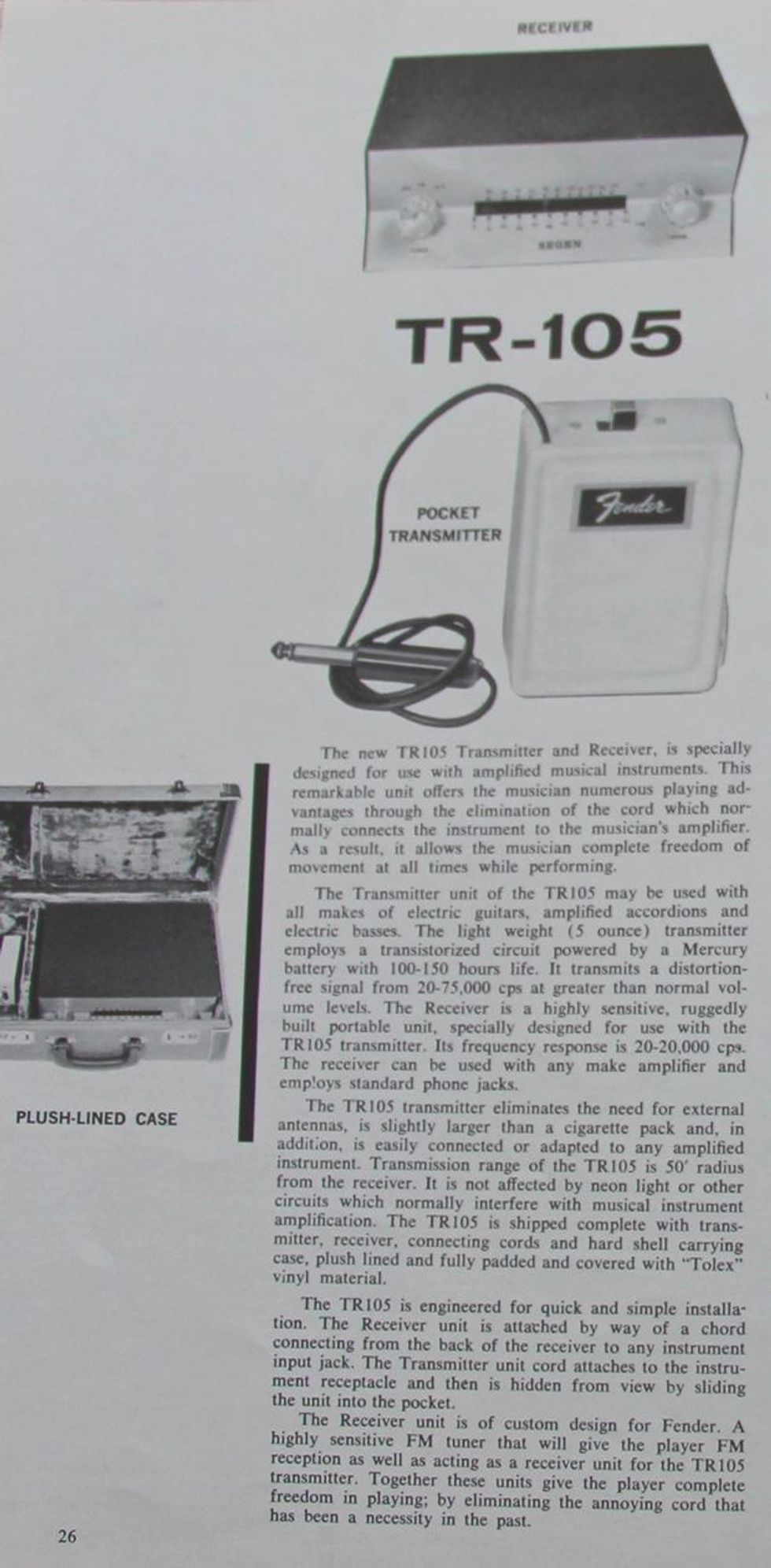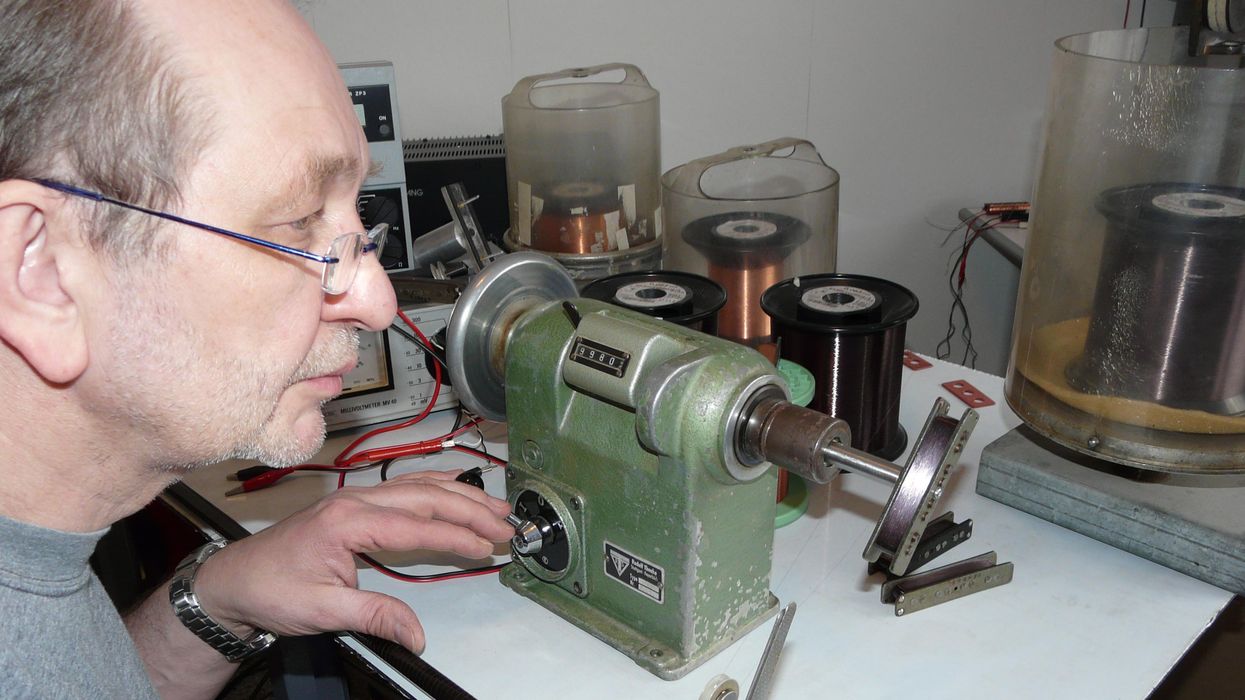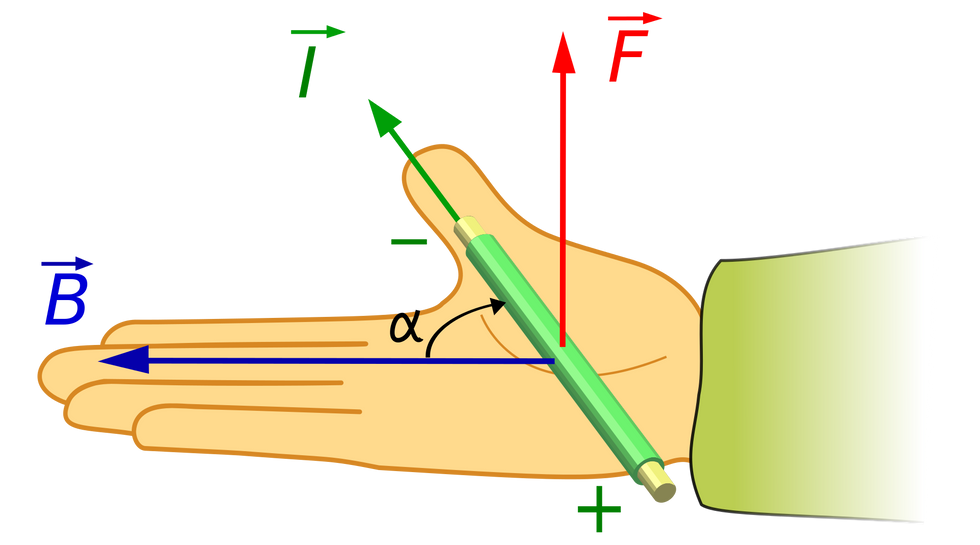We’ve all been plagued by different noises and hum in our signal chain at some point, whether it’s the 60 Hz hum (50 Hz in Europe and much of Asia) from a neon lamp or interference from another electrical device. It’s easy to get support when it comes to electrical wiring, but once the topic is related to grounding and hum, expert advice gets harder to find.
In an instrument, such noise originates from electrical or magnetic fields. Because these always appear together, they are collectively called electro-magnetic interference. We’re surrounded by electro-magnetic radiation at different frequencies, and this radiation creates hum and noise once we introduce any type of antenna into our signal chain. There are generally two types of radiation that are of interest: electro-magnetic interference (EMI) and radio-frequency interference (RFI). The only difference is their frequency. Typically, EMI is far more concerning than RFI. Some players might remember hearing radio signals through their amps in the old days, but RFI is usually in a frequency range above the audible spectrum.
The main problem is that every electrically conductive material—strings, bridge, pickups and even our own body—picks up these interferences. To hear how your body can function as an antenna, simply touch the tip of your instrument cable when it’s plugged into a powered-on amp. The resulting hum immediately gets quieter once you grab the grounded amp housing, a nearby radiator, or the cable’s ground. So the solution to banishing this hum is to attach all of these conductive elements to ground and thus prevent the noisy gremlins from ever reaching the amp.
A few words on the meaning of ground: In electrical engineering, ground (or earth) is the electric potential of our Earth. It’s a reference point for the potential measured in volts. And this voltage is the driving force behind any current in a circuit. The only missing part here is the connection between the two potentials, which is the resistance in ohms, and together these form Ohm’s Law: The potential U equals the product of resistance R multiplied with the current I: U = R * I. The problem with touching a 1000V power line isn’t really the 1000V itself, but the potential difference of what we’re standing on that drives the deadly current through the roughly 2.5k-ohm resistance of our body.
Okay, back to hum and noise.
By connecting all parts of an instrument to the same ground, we’re able to keep almost all the nasty stuff out of our signal path. Whether we do this by surrounding cables with braided shielding wire, or by enclosing the control cavity with conductive foil or paint, it gets the job done. Of course, we can’t enclose everything because the pickups have some exposure, but metal covers help to shield them to a certain degree, as well. And once the bridge and strings are grounded, so are we, when we touch the strings. At last, all antennas are removed from the picture.
You’ve probably heard a few deadly horror stories linked to connecting the strings to ground. The risk is real: especially for some vintage amps and buildings that aren’t wired properly. If your amp has a two-pronged plug, it’s missing the real ground, and in some circumstances, there can be a potential difference to a grounded microphone, either by a phase difference in a three-phase circuit or a problem within the amp. So whenever you feel a prickle when you touch or come close to a mic, let that be a warning sign: Back away and immediately seek a tech! Luckily, this doesn’t happen as often as it did in the past, but it’s still possible. [Editor’s note: In 1972, Les Harvey, the lead guitarist for the Scottish band Stone the Crows, died after being electrocuted onstage.]
Some manufacturers of active pickups advise their customers to avoid these risks by not grounding the strings. They argue that an active system’s internal electrical shielding eliminates the need for grounding the strings, but as with passive pickups enclosed in a metal cover, active pickups will still be prone to some electro-magnetic interference. A preamp boosts everything that’s coming in—the signal and interference—so even though you might not experience any hum problems in your home or rehearsal room, stage scenarios can differ. Because of that, I wouldn’t recommend that anyone cut their bridge-to-ground connection.
There is one way to totally avoid the risk of shock: Use a wireless system—this definitely breaks the ground connection. Of course, you have to weigh the advantages and disadvantages. Some players report a difference in sound and feel when running through a wireless system, and it certainly increases a signal chain’s cost and technical complexity.


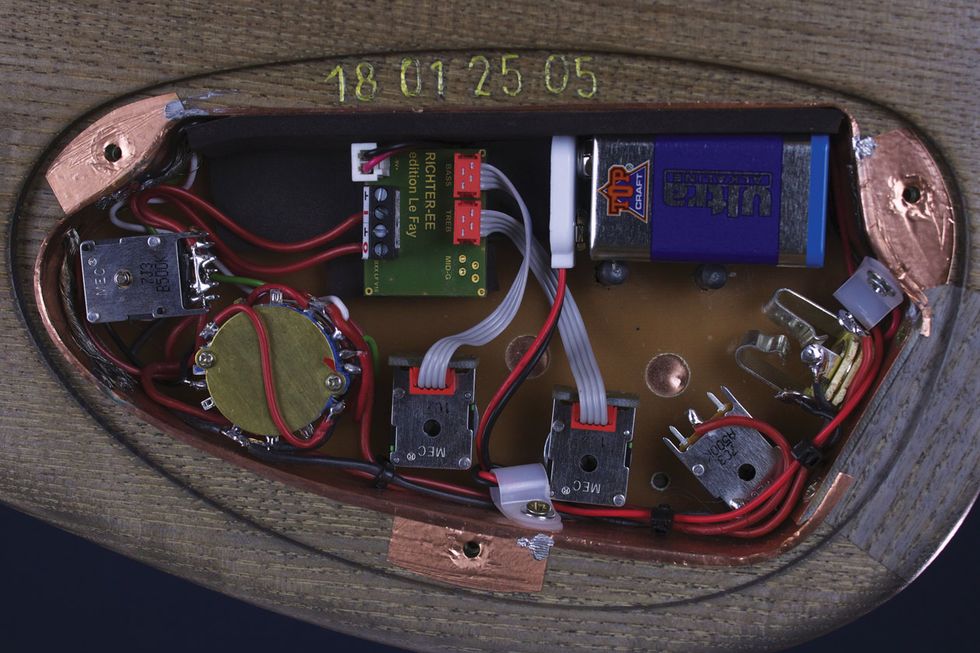




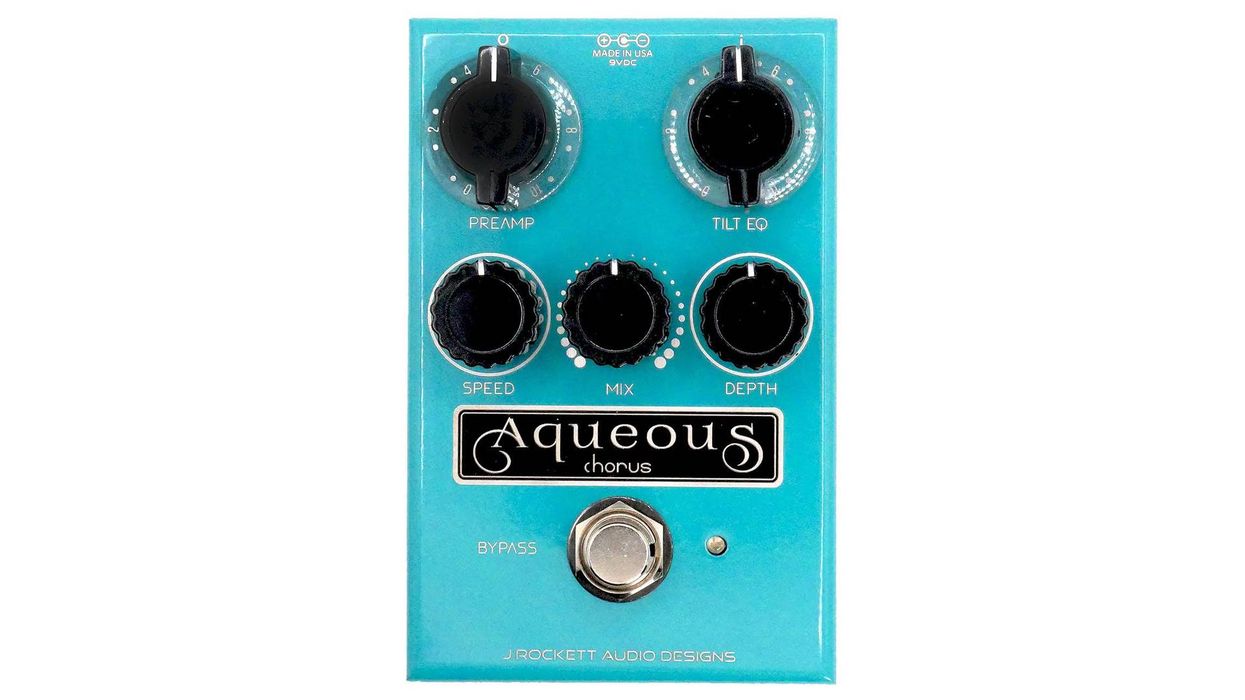
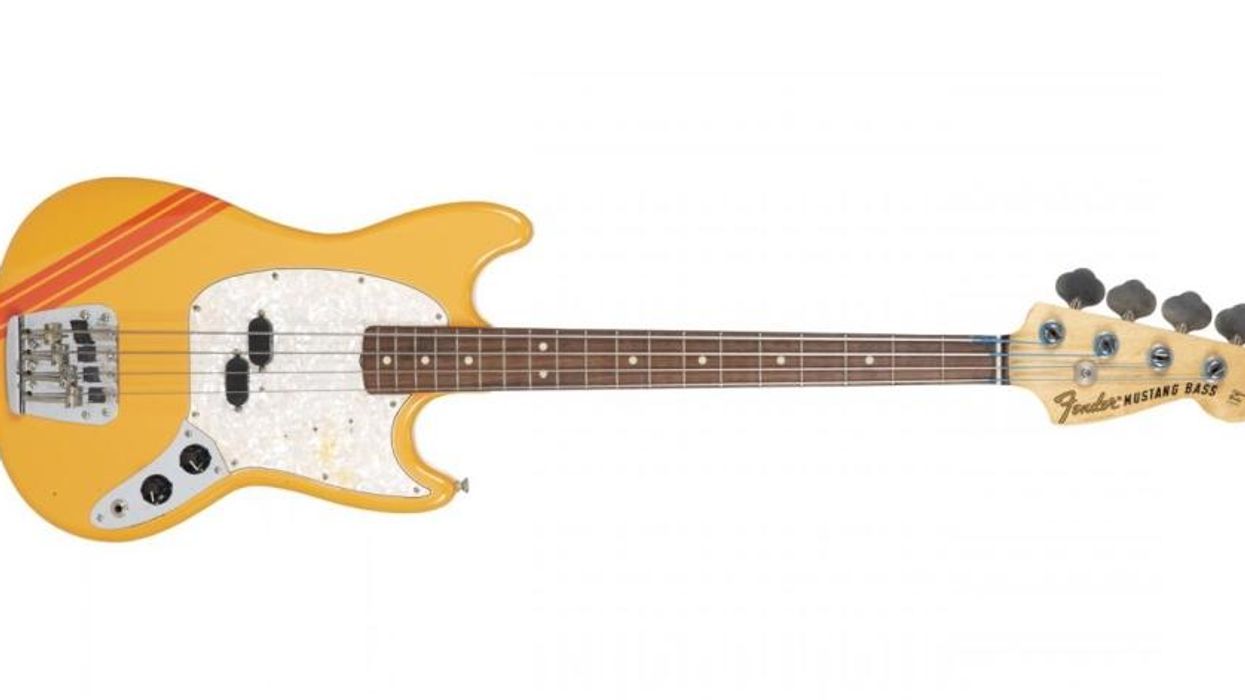





![Rig Rundown: Russian Circles’ Mike Sullivan [2025]](https://www.premierguitar.com/media-library/youtube.jpg?id=62303631&width=1245&height=700&quality=70&coordinates=0%2C0%2C0%2C0)

